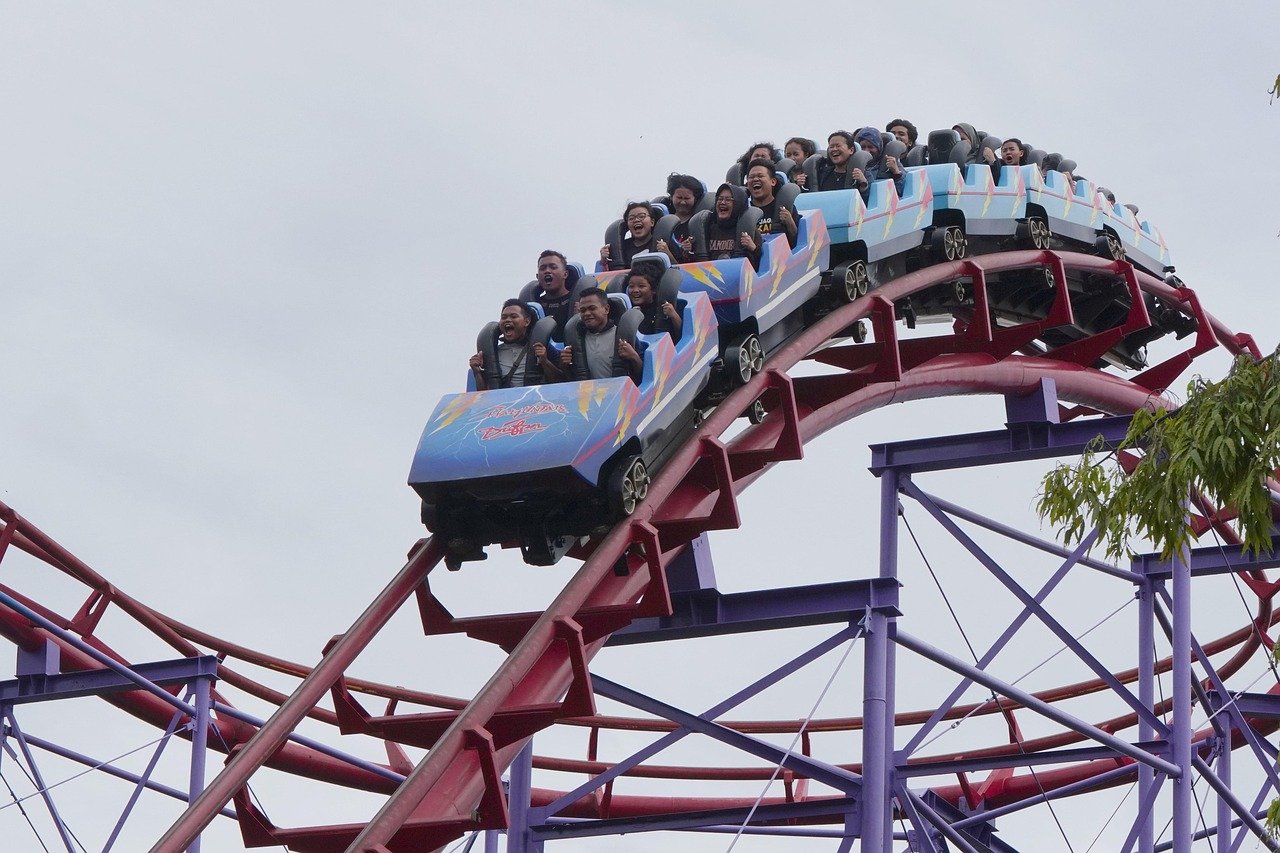The red carpet: it’s more than just a strip of crimson fabric. It’s a carefully orchestrated spectacle, a convergence of fashion, celebrity, and media attention. From awards shows to premieres, galas to film festivals, the red carpet is a powerful platform that shapes trends, elevates brands, and immortalizes moments in pop culture history. But what makes it so captivating? Let’s delve into the world of red carpets and uncover its multifaceted allure.
Decoding the Allure of the Red Carpet
The red carpet is a carefully constructed narrative, designed to create buzz and generate excitement. It’s a marketing machine, a fashion showcase, and a stage for celebrity interaction, all rolled into one glamorous package.
The Psychology of Spectacle
- Aspirational appeal: The red carpet offers a glimpse into a world of luxury, beauty, and success. It appeals to our aspirational desires, allowing us to fantasize about a life of glamour.
- Sense of occasion: Red carpet events are associated with special occasions, creating a feeling of importance and exclusivity.
- Visual storytelling: From the clothes to the poses, every element of the red carpet contributes to a larger narrative. The celebrities are telling a story about themselves, their brands, and the project they are promoting.
Red Carpet as a Marketing Tool
- Brand visibility: Designers, jewelers, and beauty brands vie for the opportunity to dress celebrities on the red carpet, gaining invaluable exposure to a global audience. For example, a designer’s dress worn by a major celebrity can drive sales and brand recognition exponentially.
- Media coverage: Red carpet events generate extensive media coverage, from fashion blogs and magazines to television news and social media. This coverage helps to promote films, TV shows, and other entertainment projects.
- Influencer marketing: Celebrities act as influencers, shaping consumer preferences and driving purchasing decisions through their red carpet appearances.
The Anatomy of a Red Carpet Event
Understanding the key components of a red carpet event provides insight into the meticulous planning and execution required to create a successful spectacle.
Pre-Event Preparations
- Guest list curation: Event organizers carefully select the guest list to ensure a mix of A-list celebrities, industry insiders, and media representatives.
- Security measures: Extensive security measures are implemented to ensure the safety of guests and prevent unauthorized access.
- Media logistics: Designated areas are set up for photographers, journalists, and camera crews to capture the event.
The Red Carpet Walk
- Step and repeat: A branded backdrop featuring logos of sponsors and event organizers is positioned behind the celebrities as they walk the red carpet.
- Interviews and photo opportunities: Celebrities stop to give interviews to media outlets and pose for photographs. This is a crucial part of the promotional process.
- Red carpet etiquette: Celebrities and their stylists carefully plan their outfits and poses to make a lasting impression.
Post-Event Analysis
- Media monitoring: Public relations teams monitor media coverage to assess the success of the event and identify areas for improvement.
- Social media engagement: Social media metrics are analyzed to gauge audience reaction and engagement with the event.
- ROI measurement: Event organizers measure the return on investment (ROI) by tracking media mentions, brand visibility, and sales figures.
Fashion and Style on the Red Carpet
The red carpet is a major fashion runway, showcasing the latest trends and designer creations.
Defining Style Trends
- Setting fashion trends: Red carpet appearances often dictate upcoming fashion trends. A particular color, silhouette, or accessory spotted on the red carpet can quickly become a must-have item.
- Showcasing emerging designers: The red carpet provides a platform for emerging designers to showcase their talent and gain recognition.
- Influencing consumer choices: Red carpet fashion influences consumer choices, inspiring viewers to emulate celebrity styles and purchase similar items.
The Role of Stylists
- Celebrity image consultants: Stylists play a crucial role in shaping a celebrity’s image and ensuring they look their best on the red carpet.
- Building relationships with designers: Stylists cultivate relationships with designers and brands to secure exclusive outfits for their clients.
- Coordinating outfits and accessories: Stylists carefully coordinate outfits, accessories, and hairstyles to create a cohesive and impactful look.
Examples of Iconic Red Carpet Moments
- Angelina Jolie’s Leg (2012 Oscars): Her Atelier Versace gown sparked a viral sensation, highlighting the power of a single pose.
- Bjork’s Swan Dress (2001 Oscars): This unconventional Marjan Pejoski design became instantly iconic, showcasing the potential for bold and memorable red carpet fashion.
- Jennifer Lopez’s Versace Dress (2000 Grammys): This green silk chiffon dress is frequently cited as one of the most memorable red carpet moments ever, and even inspired the creation of Google Image Search.
The Evolving Landscape of the Red Carpet
The red carpet is constantly evolving, adapting to changing media consumption habits and technological advancements.
The Influence of Social Media
- Real-time updates: Social media platforms provide real-time updates from the red carpet, allowing viewers to follow the action as it unfolds.
- Direct engagement: Celebrities can engage directly with fans through social media, sharing behind-the-scenes content and answering questions.
- Increased accessibility: Social media has made the red carpet more accessible to a wider audience, breaking down traditional barriers.
The Rise of Digital Media
- Online streaming: Red carpet events are increasingly streamed online, expanding their reach beyond traditional television audiences.
- Virtual red carpets: Virtual red carpets have emerged, allowing celebrities to participate in events remotely. This became especially prevalent during the COVID-19 pandemic.
- Interactive experiences: Digital media allows for interactive red carpet experiences, such as virtual photo booths and online Q&A sessions.
Sustainability and Ethical Considerations
- Eco-friendly fashion: There’s a growing demand for sustainable and ethical fashion choices on the red carpet, promoting environmentally responsible practices.
- Vintage and repurposed outfits: Celebrities are increasingly choosing to wear vintage or repurposed outfits, reducing their environmental impact.
- Promoting ethical brands: Celebrities are using their red carpet appearances to promote ethical and sustainable brands, raising awareness about important issues.
Conclusion
The red carpet is a dynamic and influential platform that continues to shape popular culture. From its meticulously planned logistics to its fashion-forward displays, the red carpet remains a captivating spectacle. As media consumption habits and societal values evolve, the red carpet will undoubtedly continue to adapt, ensuring its relevance and enduring appeal for years to come. By understanding the complexities of the red carpet, we gain valuable insights into the power of celebrity, fashion, and media in our modern world.



